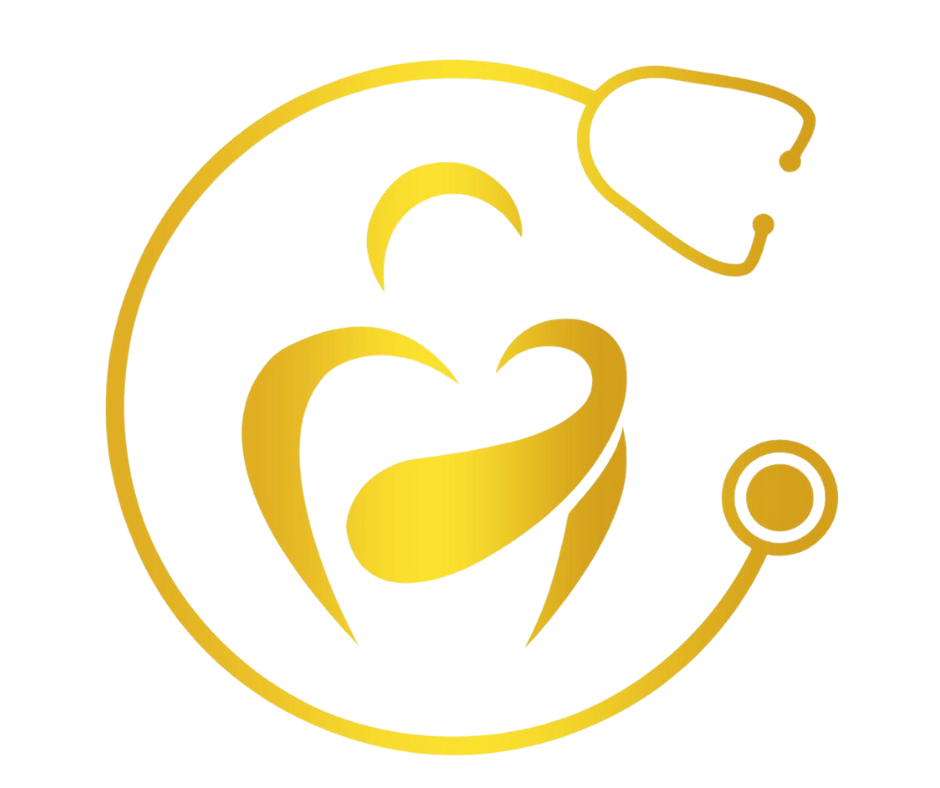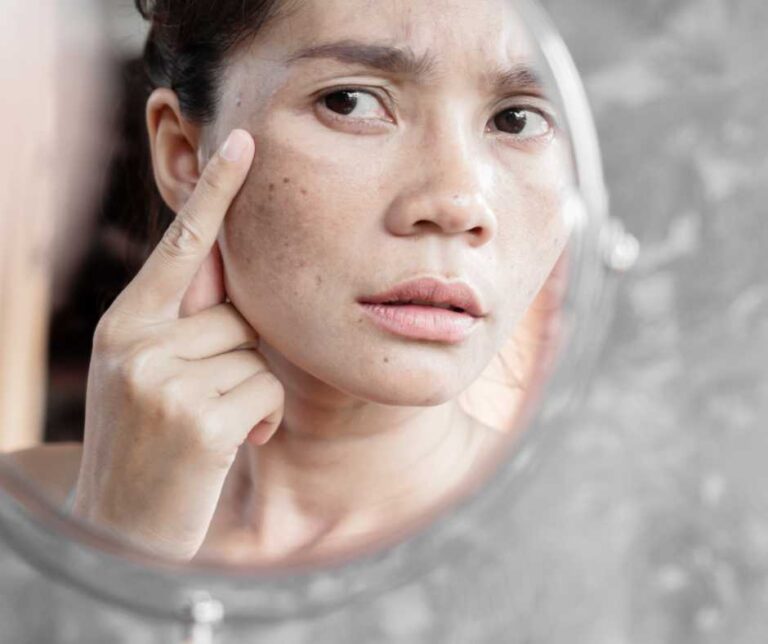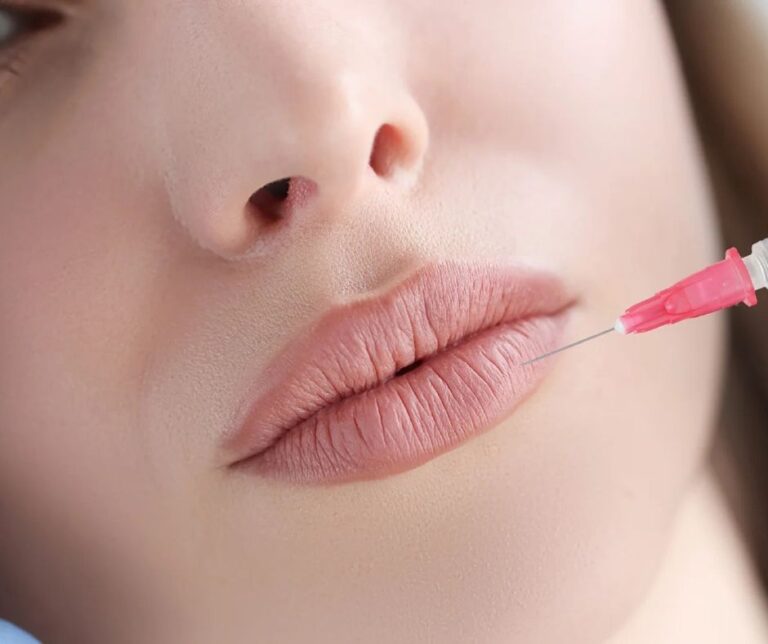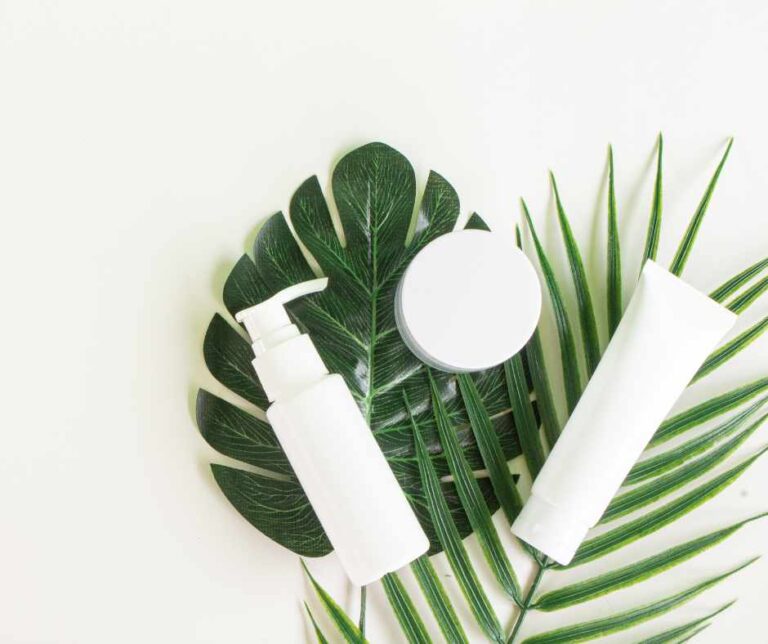How to Read Clean Beauty Product Labels: Your Complete Guide to Understanding Ingredients
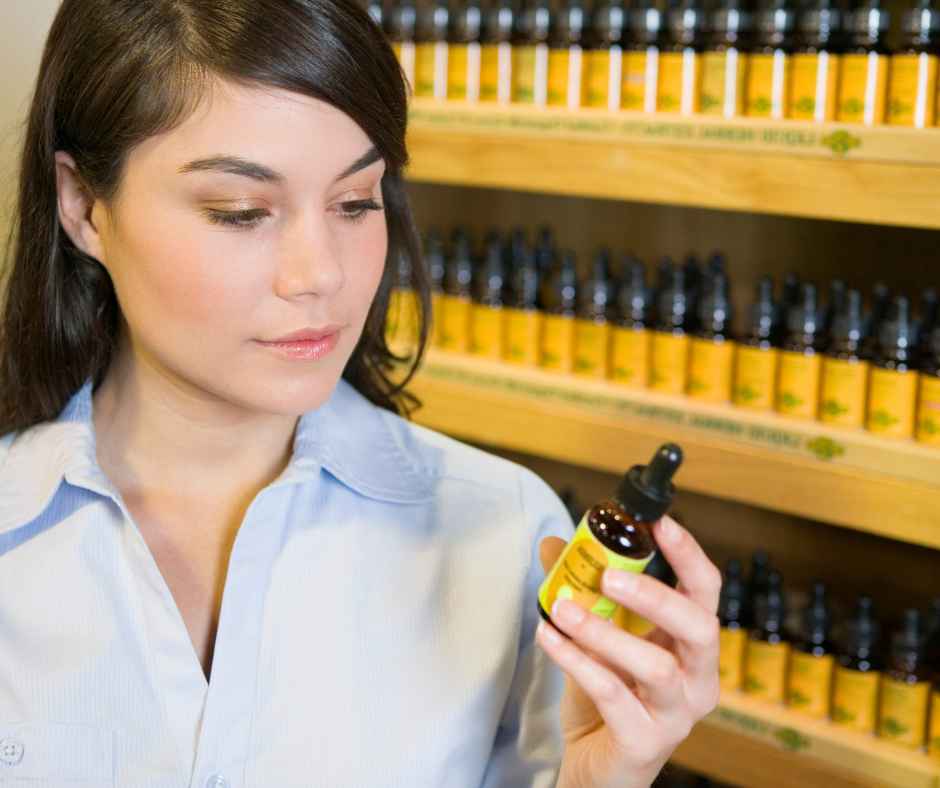
Are you staring at beauty product labels feeling confused by long ingredient lists and scientific terms? You’re not alone. This comprehensive guide will help you decode clean beauty product labels and make informed decisions about your skincare and cosmetics.
Understanding the Basics of Product Labels

When you pick up a beauty product, the first thing to know is that ingredients are listed in descending order by concentration to filter if it is considered clean beauty. This means the first few ingredients make up the bulk of the product, while those at the end are present in smaller amounts.
The First Five Ingredients Matter Most
These ingredients typically constitute 80-90% of the product. If water (listed as “aqua” or “water”) is first, the product is water-based. If oils or butters appear first, you’re looking at an oil-based formula.
Common Clean Beauty Ingredients to Look For
Beneficial Natural Ingredients
- Hyaluronic Acid: A hydrating ingredient that occurs naturally in skin
- Niacinamide: A form of vitamin B3 that helps with skin barrier function
- Plant-derived oils (jojoba, argan, rosehip)
- Natural butters (shea, cocoa, mango)
- Vitamin E (listed as tocopherol)
Safe Synthetic Ingredients
Despite common misconceptions, not all synthetic ingredients are harmful. Some safe synthetics include:
- Sodium Hyaluronate (a stabilized form of hyaluronic acid)
- Vitamin C derivatives (ascorbyl palmitate, sodium ascorbyl phosphate)
- Peptides
- Ceramides
Red Flags on Product Labels
Ingredients to Question
- Fragrance/Parfum: This catch-all term can hide numerous undisclosed ingredients
- Parabens: Look for ingredients ending in “-paraben”
- Phthalates: Often hidden in fragrances
- Formaldehyde releasers: DMDM Hydantoin, Diazolidinyl Urea
- Synthetic colors: Look for FD&C or D&C followed by a color and number
Understanding Preservatives
Natural Preservatives
- Sodium Benzoate
- Potassium Sorbate
- Radish Root Ferment Filtrate
- Leuconostoc Ferment Filtrate
Why Some Preservatives Are Necessary
Products containing water require preservatives to prevent bacterial growth and ensure safety. Don’t automatically dismiss products with preservatives – some are essential for product stability and safety.
Decoding Marketing Terms
What They Really Mean
- “Natural”: No regulated definition
- “Organic”: Look for USDA Organic certification
- “Dermatologist-tested”: Product was tested by a dermatologist (but results aren’t specified)
- “Hypoallergenic”: No standardized definition
- “Non-comedogenic”: Unlikely to clog pores
Special Considerations
Packaging Information
Clean beauty isn’t just about ingredients. Look for:
- Expiration dates
- Period-after-opening (PAO) symbols
- Storage recommendations
- Recycling information
Certification Symbols
Reliable certifications include:
- USDA Organic
- COSMOS
- EWG Verified
- Leaping Bunny (cruelty-free)
- Vegan Society
Tips for Label Reading
- Download ingredient-checking apps for quick reference
- Research unfamiliar ingredients
- Consider your skin’s specific needs
- Look beyond marketing claims
- Check the full ingredients list, not just the highlighted ingredients
Making Informed Decisions
Questions to Ask When Reading Labels
- What are the main active ingredients?
- Are there potential allergens?
- Does the product contain appropriate preservatives?
- How are the ingredients sourced?
- Does the formula match your skin’s needs?
Common Label Reading Mistakes to Avoid
- Assuming “natural” means safe
- Focusing only on active ingredients
- Ignoring preservative systems
- Not checking for allergens
- Making decisions based solely on marketing claims
The Bottom Line on Clean Beauty Labels
Understanding product labels empowers you to make better choices for your skin and overall health. Remember that “clean” doesn’t always mean “all-natural” – it’s about safety, transparency, and effectiveness.
Key Takeaways
- Read the first five ingredients carefully
- Learn to identify both beneficial and problematic ingredients
- Understand that some synthetic ingredients are safe and effective
- Look for appropriate certifications
- Consider your individual skin needs and sensitivities
Final Tips for Smart Shopping
- Start with a patch test for new products
- Keep a record of ingredients that work (or don’t work) for your skin
- Research unfamiliar ingredients from reliable sources
- Don’t fall for greenwashing marketing tactics
- Consider consulting with skincare professionals for personalized advice
Remember, becoming label-savvy takes time and practice. Use this guide as a reference point in your clean beauty journey, and don’t hesitate to reach out to brands directly with questions about their ingredients and sourcing practices.
Want to dive deeper into clean beauty? Check out our related articles on sustainable packaging, ingredient sourcing, and personalized skincare routines.
